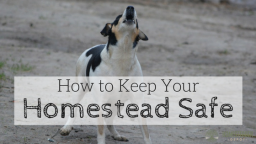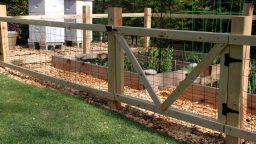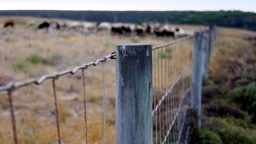You love living on your homestead, and you cannot imagine living in anywhere but a rural area. One of the elements of having a homestead that deserves plenty of attention is keeping it safe. Whether it is wild animals that decide to get a little too close for comfort or people who are looking to steal from you or do you and your family harm, you need to have a method of keeping things secure.
Since you might be far from local law enforcement and help, it is up to you to take measures to secure your property. You do not want to have to wait half an hour – or longer – for help to arrive. Here are some ways that you can improve your home’s security from threats.
Use Fences, Gates, and Signs
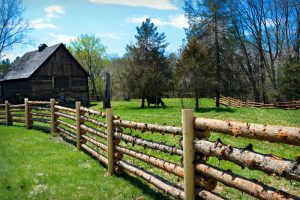
You should have fences around your property, as well as a gate at the start of your driveway. Keep the gate and the fences in good condition, and be sure that you are posting the appropriate signs warning people not to trespass. This will not keep out the most determined of intruders, but they can work to keep many people away.
Do Not Leave Equipment Out

You never want to make your home appear like a buffet for thieves. This means you need to put all the equipment that you have into the garage, shed, barn, or other secure areas. This includes the mowers, tractors, four-wheelers, snowmobiles, bikes, boats, and anything else you have that others might want for themselves.
Related Article: Stay Safe on the Homestead
Make Sure You Have Good Locks

Go through your house and make sure that you have good locks on all the windows and doors, including the basement, and those on the second floor. If they are shoddy or not working properly, replace them sooner rather than later. Make sure the locks on any other buildings on your property are in good condition, as well.
Get to Know the Neighbors

Make it a point to get out and talk with your neighbors. You will find that most people are friendly, and once you get to know them, they will keep an eye on your property and let you know of any suspicious activity, just as you would do for them. It is always a good idea to be neighborly, as you can help each other out in many ways, not just security.
You Need Proper Lighting
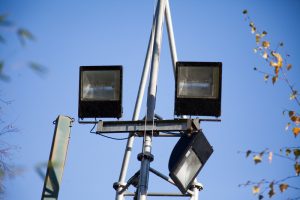
Good lighting on the outside of the property, including motion sensor lighting, can help to thwart people and animals that get too close. They do not want to be seen, and the lights can help to give you notice that someone or something is on your property. Of course, if you have livestock, cats, and other animals on the property, you will need to think carefully about where you put the motion lighting.
Dogs

Having a dog, or multiple dogs can be a great deterrent too. Dogs bark whenever there are intruders, whether they are human or animal, so you can be alerted to presences on your property. Even if you have the sweetest dogs on the planet, intruders would rather not have to deal with them.
Weapons
Weapons, whether firearms or bear spray, can be a great option. Most homesteaders are also hunters, so having a firearm and knowing how to use it should not be a problem.
These quick tips are simple and can help you make your property as secure as possible.
If you enjoyed this, you might also like….
